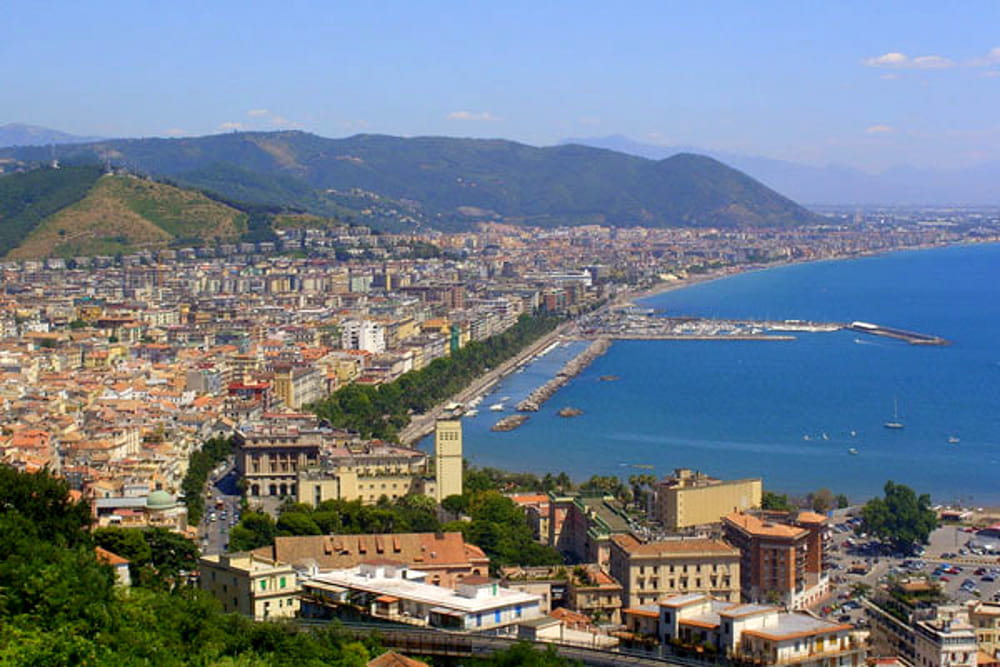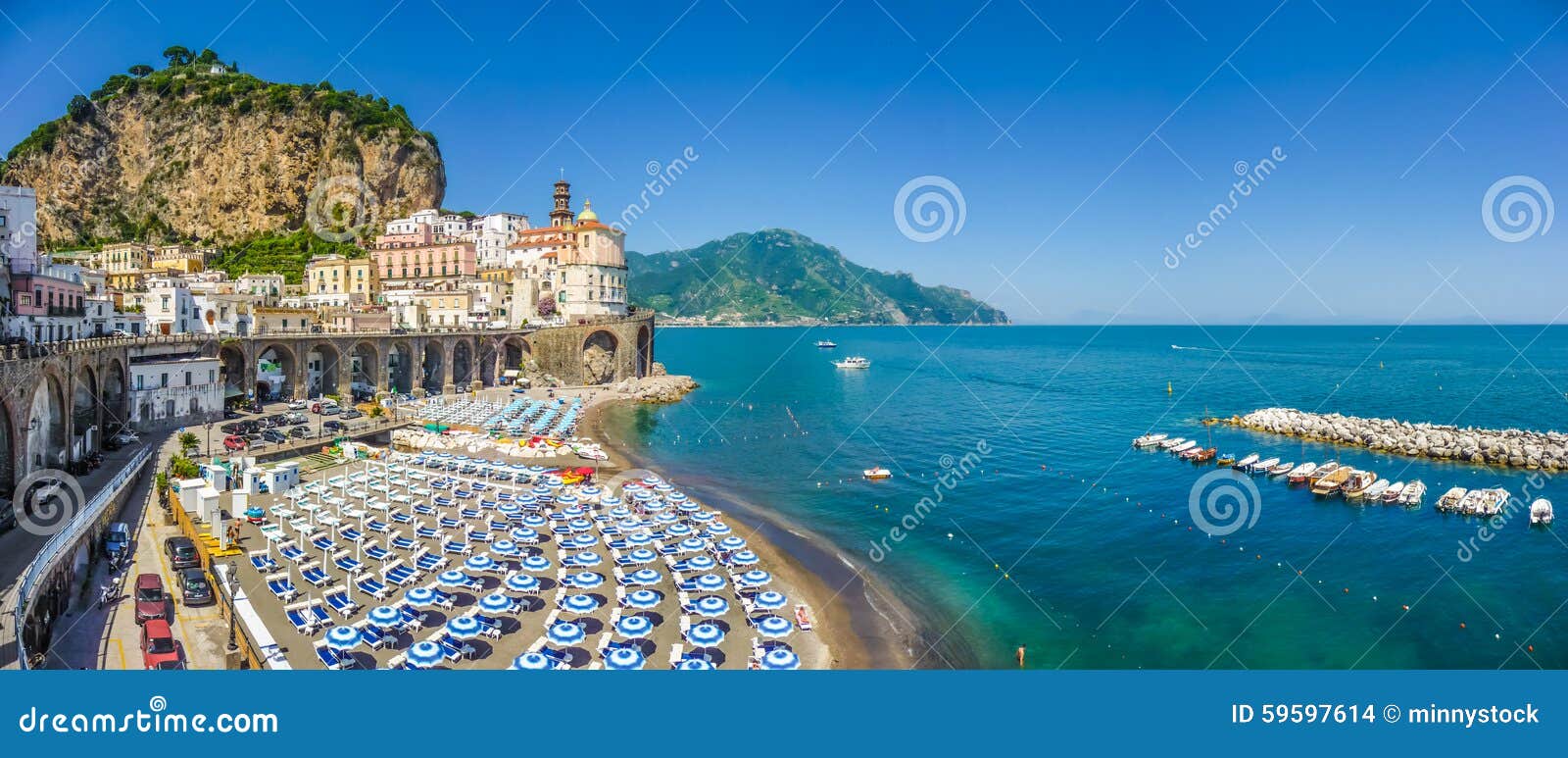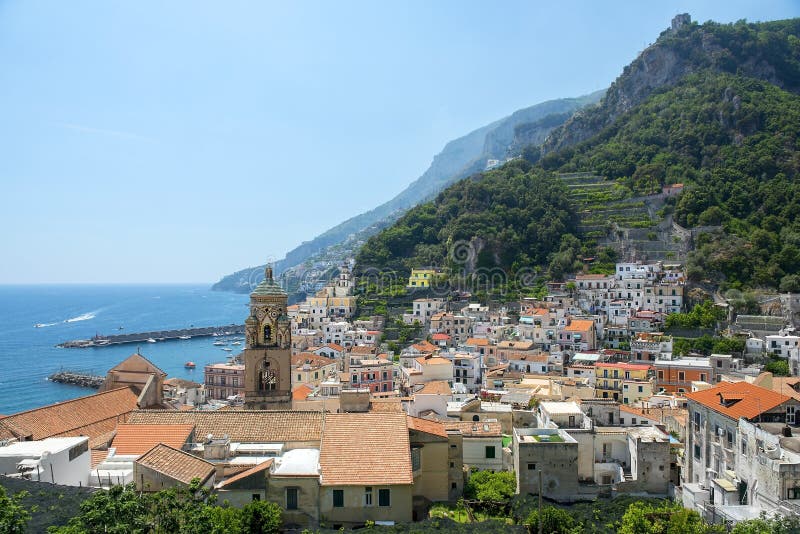

Once warned from the towers, the people of Positano and all the Costiera Amalfitana could retreat on the mountains. These were ferocious raiders, so much so that the term “razzia” (raid), both in Italian and in English, is derived from the Arabic language. Interesting are the Medieval Saracen Watchtowers, built to protect the population from the many raids of the Saracens. There is a main shopping centre, fashionable and exclusive.


Elements of the traditional architectural style of Positano villas are graceful archways, grand terraces adorned with grapevines, geraniums and bougainvilleas with stunning sea views looking out to the horizon, ceramic tiled floors, French doors. Villas in pastel colours cling to the hillside. Positano can be reached from the sea by public transport, such as the hydrofoil Metrò del mare available during the summer. The beaches are lined with shops, cafes and elegant boutiques. Other beaches include Arienzo, La Porta, San Pietro Laurito, accessible mainly from the sea. The main beaches are Fornillo and Spiaggia Grande, both accessible by walking. It is made up of many flights of steps going from the top of the village on the hill all the way down to the beaches. Thanks to its Mediterranean climate and its scenic beauty, Positano has been a resort since the time of the Roman Empire, as confirmed by a Roman villa and other remains. Positano is a pretty, picturesque, posh, precipitous village of 4,000 people 30 minutes drive west of Amalfi along the breathtaking Amalfi Coast.


 0 kommentar(er)
0 kommentar(er)
